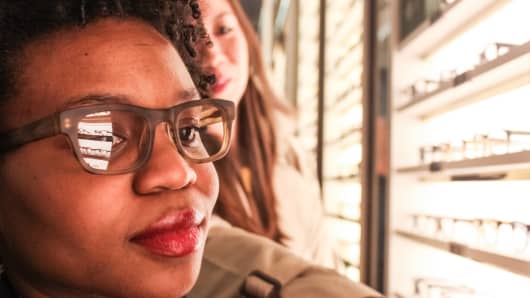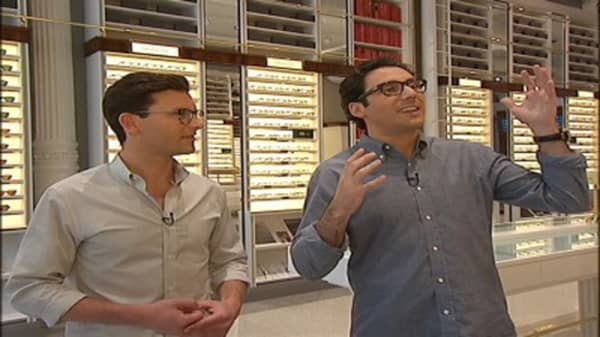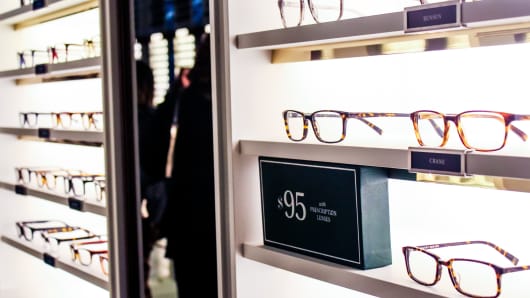When J.Crew CEO Mickey Drexler met with founders of upstart eyewear maker Warby Parker one-and-a-half years ago, the first thing the retail legend advised them was: Open a store.
After that fateful conversation, Warby Parker debuts its flagship store in New York City this weekend.
Founded three years ago by four friends at The Wharton School in Philadelphia, their strategy is focused on boutique-quality eyewear with all glasses retailing for $95, predominantly through their website.
But a digital presence was not enough, the founders say. And Warby Parker joins other ecommerce players that are experimenting with physical stores. Warby Parker is planting its feet across platforms and envisions a retail environment, where more consumers want multiple entry points for shopping — websites, smartphones and shops.
"We have a lot of data that indicates that having a physical presence makes sense from both a branding perspective and helps drive sales and profits for the company," David Gilboa, Warby Parker's co-founder and co-chief executive, told CNBC.
(Read more: Eyewear Maker Warby Parker on Growth, Innovation)
Soho Flagship: No Accident
Warby Parker's new 2,000-square-foot store in the SoHo neighborhood of lower Manhattan is no accident. The area has a history of supporting bohemian art studios and designer fashion boutiques. The unique company name Warby Parker is based on two characters from author Jack Kerouac's journals — Zagg Parker and Warby Pepper.
"We're downtown guys, downtown brand," co-founder Neil Blumenthal told CNBC.
"There's a good mix of native New Yorkers and tourists, so it checks all the boxes: from a brand perspective, from a sales perspective, from a marketing and raising awareness perspective," Blumenthal said.
(Read more: How Mobile Technology Is Revolutionizing In-Store Shopping)






